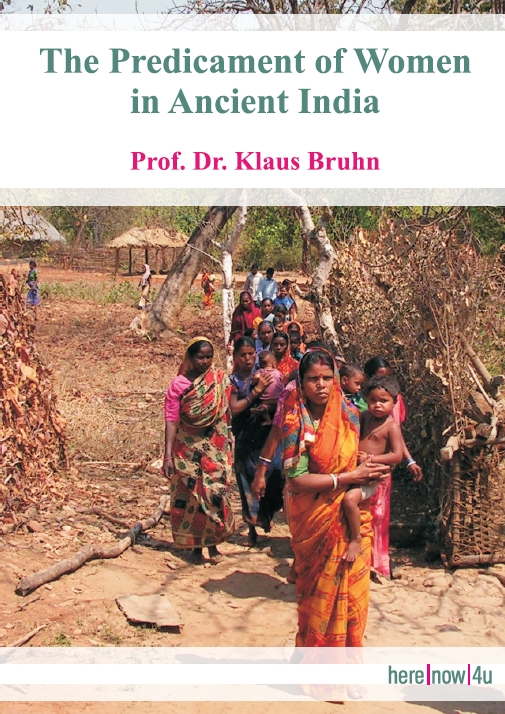KANE says: "Though monogamy seems to have been the ideal and was probably the rule, the Vedic literature is full of references to polygamy" (550). As can be expected, kings had several wives. Rama's father had three wives, and the conflict between the three women concerning succession was the nodus of the plot of the Ramayana. Polygamy (in the epics and elsewhere) is best demonstrated by the institution of the principal queen (principal queen in contrast to other queens or simply to women of the high society). See JOLLY 65 and KANE 559-560 on the different status of different categories of wives and on the distinction between legal wives and concubines: "... though the eldest wife alone is entitled to take part in religious rites, all wives (except a sudra wife) may be cremated with the srauta fire [chief fire in ritual]." (KANE 559) Polygamy as such was institutionalised by the requirements of certain sacrifices (JAMISON 31: "rituals with more than one wife"). The presence of the wife (chief wife [!]) always ensures the full profit of the sacrifice. Different wives may belong to different varnas, theory or practice (KANE 559).
The problems of polygamy have been described by S.STEVENSON: "... the two who hate each other most are condemned to lifelong imprisonment together, hearing all the tittle-tattle of the servants, who carry tales from one part of the house to the other, while the mother-in-law is always at hand to stir up strife and cast fresh fuel on its flames,..." (130).
The position of monogamy is at least equally strong. KAPADIA says: "supersession [infra] being more of the exception than the rule, Apastamba's [A. is author of a law-book] dictum to live with one wife represents the normal practice" (100). In the Mahabharata we read that King Shvetaketu enforced monogamy after a past time of sexual promiscuity (THIEME 430-431; BROCKINGTON 223). The Manu Smriti demands mutual loyalty between husband and wife (singular):
Manu 9.101. Fidelity to each other should be observed until death -- this should be recognized as the highest Law between husband and wife put in a nutshell.
9.102. A husband and wife, after they have completed the marriage rite, should give constant heed lest they are unfaithful to each other and thus being split apart.
KANE quotes examples of the union of man and wife in various ritual observances (556-558). We have protestations that marriage is permanent (KANE 619-620, "Let mutual fidelity continue till death...", supra). Rama's fidelity and monogamy are well known (§ 11.3 infra). Animal stories also point in the direction of fidelity and monogamy. Monogamous tendency: JOLLY 65; THIEME 469; § 7.2 (Shiva and Parvati!).
The matter is complex because we find, besides polygamy and monogamy, (i) niyoga (supra: practised by the woman) and (ii) supersession (infra: practised by the man only).
Supersession is midway between real punishment of the wife and deliberate polygamy. The reasons for supersession are mentioned in long lists (§ 9.4). A wife who does not give birth to healthy sons may be the main reason. Supersession seems to be restricted to monogamous unions. There is little justification in polygamous marriages.
Nothing prevents the husband from contracting a second (third...) marriage, even if there are no special reasons; There is no clear-cut line of demarcation between supersession and simple polygamy. JOLLY 64. The superseded wife probably remains in the house and in the family, she is thus a financial liability. We do not know much about her life. THIEME 467. -- The varna situation (wives and children belonging to different varnas) is no argument in the field of supersession. We do not know much about families with different varnas (supra).
The inequality between man and wife requires no discussion. The husband can take another wife (qua supersession and without divorce from the first wife), but the wife (i.e. the wife with serious complaints against her husband) has no comparable instrument.
Women in the harem are a subject in its own right. As we know little about harems and royal families in ancient India, it would be valuable to have detailed studies in court life under colonial rule. Refer to §§ 10.1-2, to GAUBA 180-190 (an Indian harem in the nineteenth century) and to AGRAWAL (Muslim harems, matrimonial alliances etc.). -- JOLLY 64-67; MEYER We 352-356; KANE 550-554.
 Prof. Dr. Klaus Bruhn
Prof. Dr. Klaus Bruhn
 Title Photo Background:
Title Photo Background: